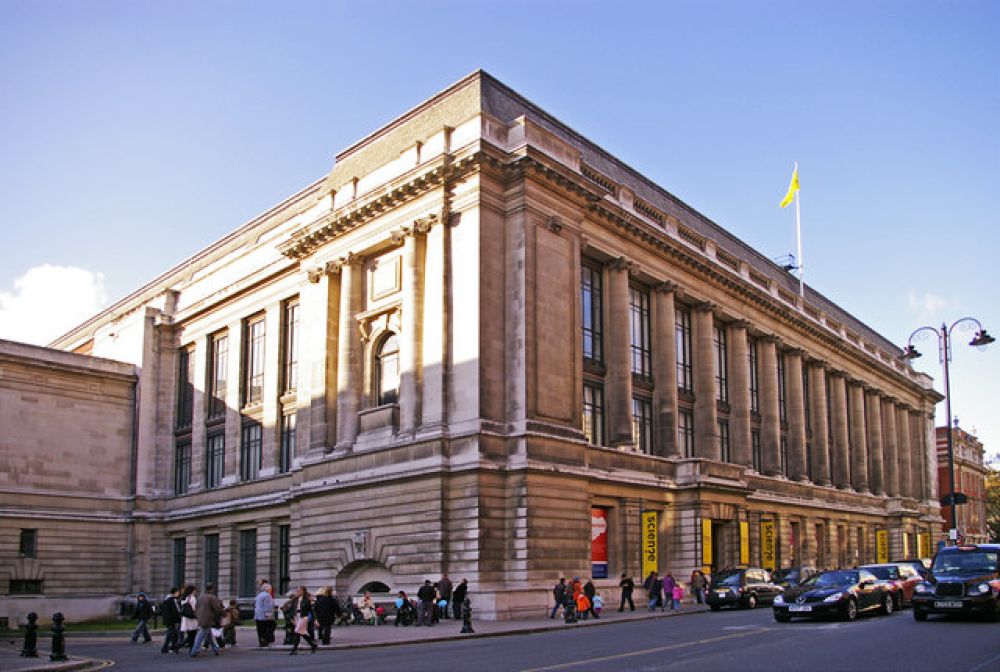

The Science Museum in London, established in 1857, stands as a testament to human progress in the fields of science, technology, engineering, and medicine. Its origins can be traced back to the Great Exhibition of 1851, which was created to showcase industrial progress and design. The profits from this event funded the creation of the museum’s parent institution, the Victoria and Albert Museum.
In its initial days, the Science Museum was an appendage of the South Kensington Museum and eventually evolved into an independent entity aimed at educating the public. The first director, Sir Henry Lyons, saw the museum through a significant period of growth, including the acquisition of the famous Puffing Billy in 1864 and Stephenson's Rocket in 1862, drawing elevated levels of visitation.
The 20th century witnessed the museum's expansion with the construction of new galleries that showcased contemporary developments, including agriculture, printing, nuclear power, and space exploration. These developments marked the museum as a principal destination for those interested in science and technology.
Today, the Science Museum continues to be at the forefront of delivering a superior tourist experience by embracing interactive exhibits and utilizing state-of-the-art technologies. By offering free entry to its permanent exhibitions, it draws over 3 million visitors annually.
One of the significant trends in museum tourism is the move towards interactive visitor engagement. The Science Museum answers this trend with hands-on galleries, such as the engaging Wonderlab, which explores scientific phenomena through interactive demonstrations and installations.
The museum has also embraced the digital age, offering virtual tours and online collections, making the museum accessible even to those who cannot visit in person. This approach aligns with a larger trend in tourism toward virtual experience offerings.
The museum is also participating in sustainable tourism practices. Through its exhibitions and educational programs, it promotes awareness of environmental issues and sustainable practices. This dedication to sustainability speaks to a growing trend in tourism where institutions work towards minimizing the environmental impact of their operations.
In addition to its permanent exhibits, the Science Museum leverages a succession of temporary exhibitions and events, including science festivals, evening socials, and lectures by leading scientists. These dynamic activities cater to a wide audience range and keep the visitor experience fresh and current.
The journey of The Science Museum from its Victorian roots to a modern beacon of science and technology showcases its significant role in the development and education of the general public. As tourism trends evolve, the Science Museum continues to innovate and adapt, ensuring its place as a cornerstone in London tourism now and in the future.